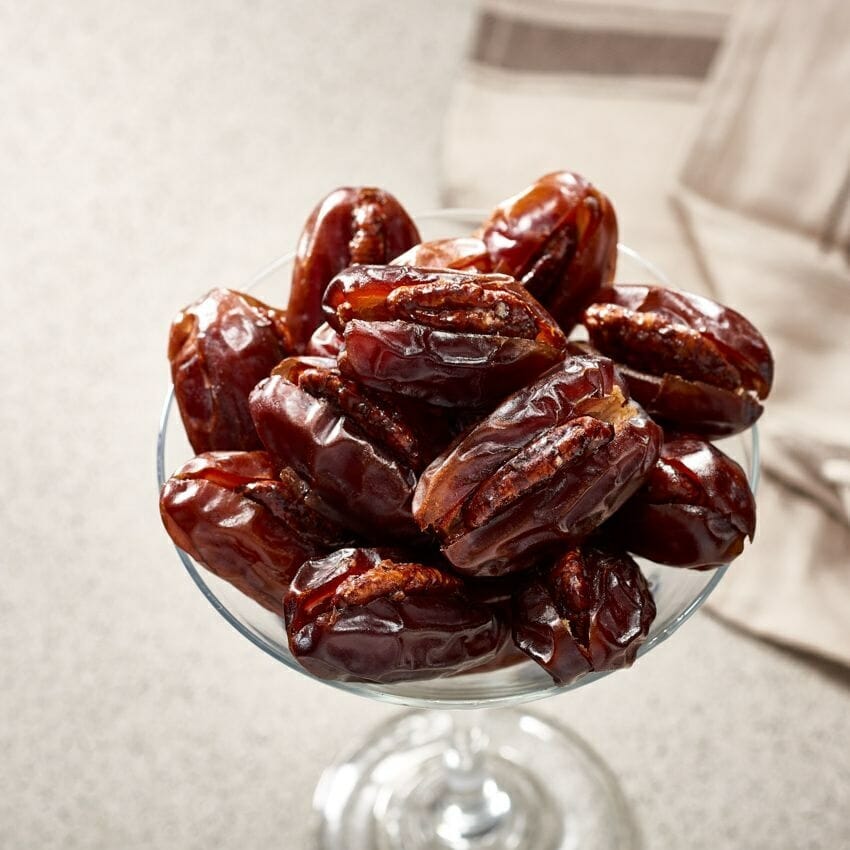Ah, let's talk about the date, a seemingly unpretentious fruit, but oh, it's so much more than that. It's like a minuscule, sweet-packed time machine, transporting us to the sandy dunes and ancient times of Egypt, Saudi Arabia, and Iran. Each of these places has danced a unique tango with this delightful fruit. And let me tell you, it’s a dance you just can’t sit out.
Let's waltz over to Egypt first. Here, dates are not just snacks; they’re a cornerstone of culture, dating all the way back to 4000 BCE. Imagine this: dates were found in tombs from the mummification era, a sign of their high regard. They symbolized fertility and prosperity, a theme often echoed in ancient Egyptian art and literature. Think about Cleopatra’s grand feasts – dates were surely a symbol of luxury on her table. The Pharaohs, too, they knew the worth of dates, integral to both daily life and the economy. Fast forward to modern Egypt, dates still reign supreme, especially during Ramadan, woven into dishes from appetizers to desserts, a testament to their enduring versatility.
Now, let's dash over to Saudi Arabia. With the dawn of Islam in the 7th century, dates took on a spiritual dimension. The Prophet Muhammad himself spoke of their health benefits. These fruits became entwined with Islamic culture, often the first food to break the fast during Ramadan, a practice rooted in tradition. The Al-Hasa oasis, a historic site of date cultivation, stands as a testament to the fruit’s longstanding importance. Today, Saudi Arabia, a leading date producer, celebrates this heritage with festivals like the Buraidah Date Festival. The date palm, a national emblem, symbolizes resilience in the harsh desert. In modern Saudi cuisine and culture, dates are still revered, a nod to their storied past.
Over in Iran, the date story is a bit more recent but equally captivating. Dates likely made their debut around the 2nd millennium BCE. The city of Bam, known for its ancient irrigation system, became a center for date farming. Go back to 515 BCE, to the ruins of Persepolis, and you’ll find inscriptions indicating dates as part of tributes to Persian kings, underscoring their economic and dietary value. In present-day Iran, dates are celebrated during Norouz, the Persian New Year, symbolizing life and renewal. Iranian dates, distinct in flavor, are culinary staples, often stuffed with nuts or featured in pastries.
The cultural imprint of dates in these regions intertwines deeply with their history. In Egypt, the date palm stands as a symbol of life amid the desert, mirroring the country's journey from ancient to modern. In Saudi Arabia, dates resonate with spiritual significance, anchoring the culture in its Islamic roots. In Iran, dates bridge past and present during Norouz, celebrating rebirth and continuity.
Today, the role of dates in these countries mirrors their historical path. In Egypt, dates are woven into the cultural tapestry, essential in everyday life and religious practices. In Saudi Arabia, dates embody hospitality and grace, deeply embedded in religious and social traditions. In Iran, dates showcase the richness of Persian cuisine with their culinary versatility.
So, the next time you savor a date, think about it – it's not just a fruit. It's a symbol of endurance, a silent witness to centuries of civilization, a link between the past and the present. It's a subtle reminder of how a simple fruit can shape the cultural, social, and economic landscapes of nations. That's something, isn't it?




